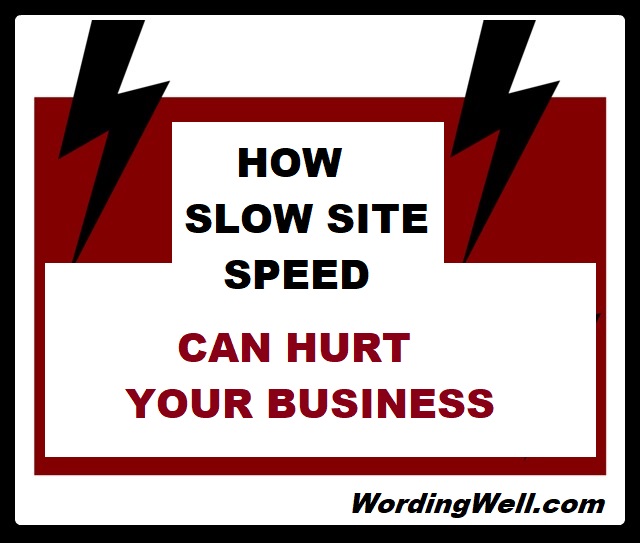
Making friends with clients is important, despite what “they” say about not mixing business with pleasure!
In fact, there are many benefits to establishing good relationships with other bloggers, authors, writers, freelancers, and business owners online.
Not only will they help you share your posts with their audiences, but they will help you out in other ways, too.
A perfect example of this happened in the summer (a few months ago, in 2018) after I took almost three months off, almost ran out of money, and had one of my client-friends come to my rescue.
Why I Ran Out of Money
I had been living off my savings for the month of June, July, and August.
I decided to take the summer off (for me, summer is July and August, as I live in Canada, in a city where it is winter for most of the year).
I made this decision at the beginning of June, when I got out of the hospital. I went to the emergency room on May 29th, 2018, because I was having trouble breathing. This event actually marked my second near-death experience. (I nearly died in August 2012, when my appendix burst.)
The cause of my shortness of breath was due to having blood clots in my lungs. I was in the hospital from May 29th until June 4th. I was put on blood thinners and had many follow-up appointments with my doctors.
I was also put on a new medication on June 19th. Then I contracted a stomach bug on June 26th. I had an upset stomach and a sore back for two weeks. I thought these were side effects of my new medication, so I spoke to my doctor and he advised me to stop taking it.
When I didn’t get better right away, I knew it was something else that was making me sick. It wasn’t until the second week of July that I really started feeling good again.
Because I was feeling so great, I decided to start taking that new medication again, which I did, on August 1st, after consulting with my doctor. For the most part, I am okay now, and my body has adjusted to the new medication, which is actually a cholesterol pill.
I still had to keep up with my appointments to get my blood checked because of the blood thinners I am on. In fact, I am still being monitored to this day, and will be for months to come.
When August rolled around, however, I noticed that my bank account balances were dwindling. I started to panic. I have not been broke for a very long time (years, actually) and I didn’t want to be broke again! I was down to my last $150 and knew I needed at least three times that amount to make it through the month!
I also have not had to make a budget in a very long time, either. I simply pay my bills when they come in, buy groceries whenever I need them, and go out when I feel like it, without having to worry about money, because there’s always money in the bank!
I have worked very hard for this freedom, and I have enjoyed it for years.
That is one of the 12 benefits of being a freelance editor!
But, when I got sick and decided to take the summer off, I didn’t take the time to see if I could actually afford it. I did not draw up a budget. I simply thought my funds would last me until September, which is when I had my next editing gig booked for!
When I almost ran out of money, I didn’t know what to do.
In the past, when I was a prostitute, anytime I needed money, I would simply go out and stand on the street and sell myself. Those days are long gone. I stopped doing that years ago! (FYI, I’m much happier now, and most of my happiness stems from using positive affirmations.)
So what was I going to do to get through August? Read More







